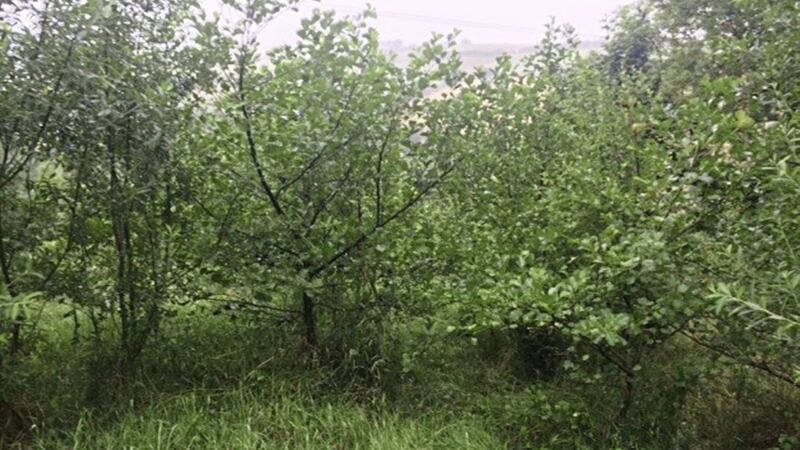IT WASN'T exactly a case of getting lost in the forest at the weekend, but there was a moment when I wasn't quite sure where I was.
Just over five years ago the scrap of land I was walking over was a damp muddy field with a few scrawny twigs sticking out of the ground – around 40 bare-root saplings planted on a damp February morning.
The following year I dug in a further 100, the year after that another 40 and then a few strays here and there in subsequent years.
A small native Irish woodland, home to bird life, lots of buzzing insects and trouser-snarling brambles now occupies the quarter-acre plot of land.
For most of that time I could walk like a giant through it; even last year my head poked just above the saplings, apart from the scarily fast-growing alder and willow that thrive on the damp, boggy ground.
The mountain ash are lanky and lithe, like gangly teenagers that have still not fully fleshed out, and the oak are taking their time – it will be another 35 years before they reach their full maturity – but it is the silver birch that seem to have come on most in recent weeks.
This year I have been dwarfed and there are now parts where I literally cannot see the wood for the trees.
Sitting among them last week, wrens and bullfinches flitted between the branches, some landing within touching distance, close to the nest I spotted in the spring but which I now can’t find because of the dense growth.
I'd feared the recent long spell of hot weather with no rain fall would have stunted any growth, but the trees seem to have just soaked up the sunshine and been energised by it. Clearly their roots go deep into the earth where an abundance of moisture still lies, despite the cracked and caked surface.
It is the smaller plants that have suffered; a couple of shrubs that I also planted look in serious danger. Their roots do not probe as deeply into the earth and they are literally dying of thirst, although hopefully the showers over the past seven days will have helped.
The impact of the moisture-sapping heat is most notable on grassy areas, particularly along the roadsides, where it has vampirised the growth to leave dried-out, browning husks.
The impact on grassland helped archaeologists identify a previously unknown henge close to Newgrange in Co Meath. The stones buried beneath a field held moisture while the sun dried out the land around it and like an old-fashioned photograph being developed, its outline emerged from the landscape. The image was captured by a drone flying above it.
There are no plans at present to excavate this new site and most of the focus has been on another discovery in the Boyne Valley – a 5,500-year-old megalithic passage tomb which is being described as a "find of a lifetime". So far two burial chambers and ornately decorated kerbstones have been discovered.
The dry weather has also led to the rediscovery of more recent history. Over in England, an entire village in the Lake District has resurfaced for the first time since the 1930s when it was abandoned to make way for the Haweswater Reservoir.
And one of the most visited places in the north in recent weeks has been Spelga Damn in the Mourne Mountains where the water levels have fallen to uncover a bridge and an old road that once ran through the valley before it was flooded to provide a water supply.
Whoever said that history was a dry subject.








